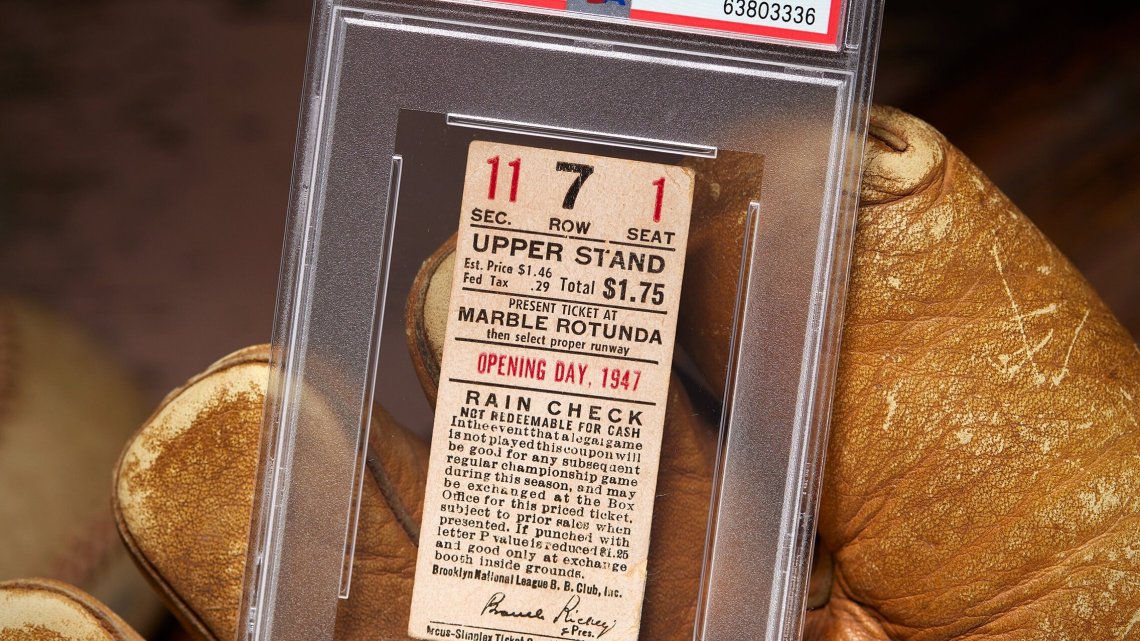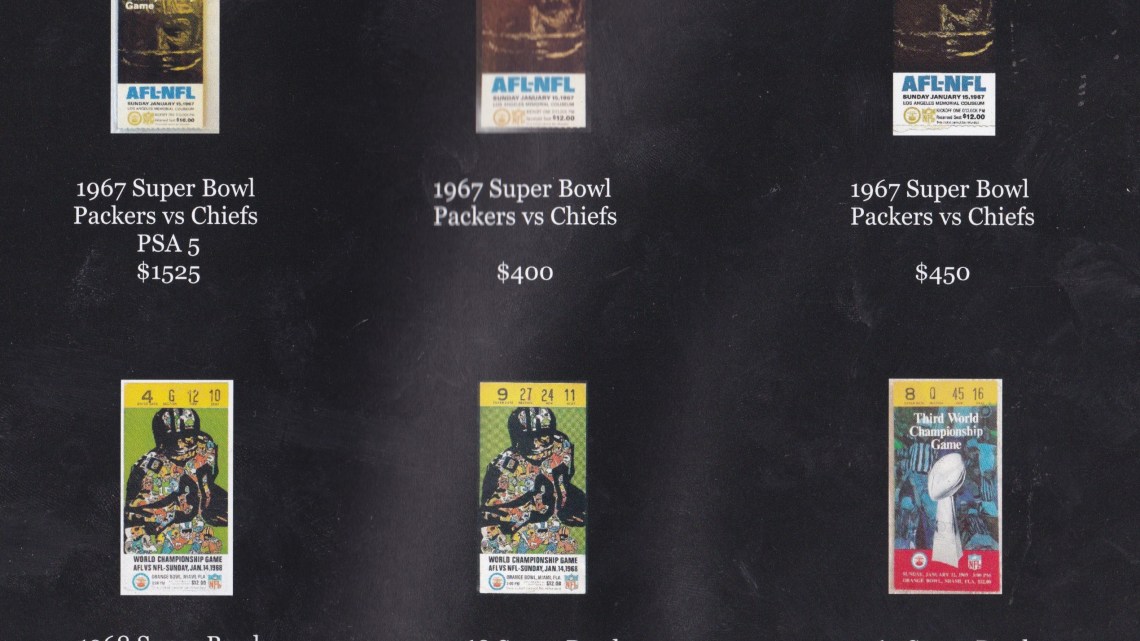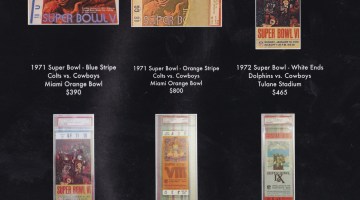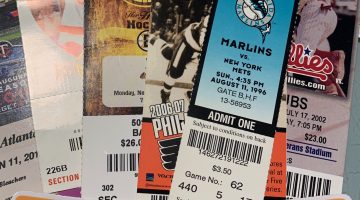A few words about ticket stub scarcity. Well just one – Barcodes
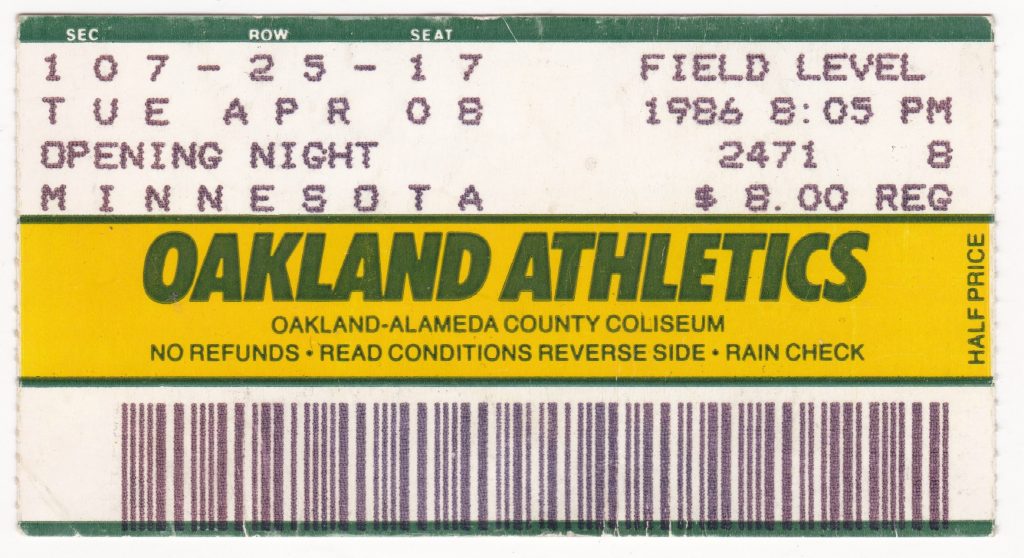
For over 40 years I’ve thought ticket stubs are the perfect collectible. They boast a timestamp, refer to a potentially historic event, and unlike sports cards, population numbers are maxed out by venue capacity.
In fact ticket stubs can be fiercely scarce, especially from the pre-barcode era, when having a ticket stub meant the ticket was required (and usually torn) for entry. Since 1986 teams slowly began adding barcodes and within two decades the ticket itself became less meaningful. Why? Because fans and collectors could use digital tickets for entry yet have a perfect full “unused” ticket at home.
At least there were printed tickets available. Fast forward 20 years and very few paper tickets are being issued. Some teams have emergency stock for generic tickets, but they’re not used ubiquitously as they once were.
What constitutes the pre-barcode era differs from team to team. The Oakland A’s were barcoding tickets on their 1986 season ticket stock, and were alone until the next decade. Then various events (1996 Olympics, Mike Tyson – Frank Bruno fight, 1997 World Series, and even 2 minor league teams) were using barcodes in the 90’s yet some major pro sporting teams didn’t implement them until at least 2007 or even 2009. The Super Bowl didn’t implement a barcode until 2004. Some teams waited until a new stadium was built.
Of course scarcity is also evaluated in myriad ways. (How many does the venue sit? How many people attended? Were unused sponsor ticket books dumped after the season?) but a line in the scarcity sand began to appear with barcoding of tickets and then was cemented when season ticket holders could hold onto a pristine set of tickets and still attend each home game.
Earliest Known Barcode Year By Team and Sport


